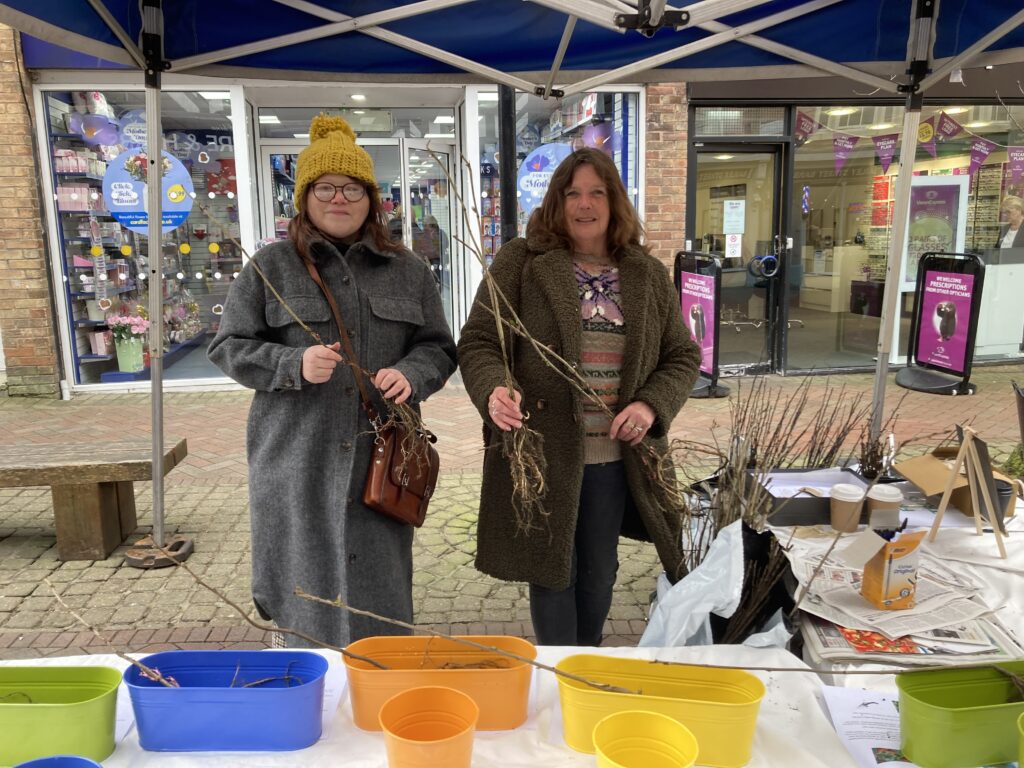Oswestry residents are being given the opportunity to claim a free tree as part of the Town Council’s objective to plant 17,000 trees, one for each resident in Oswestry.
Residents can collect their free tree (first come, first served and one per household) on Saturday the 11th of November, and Wednesday the 15th of November (9.30am to 2.30pm), from the Bailey Head. A range of trees will be available, including Crab Apple, Field Maple, Wild Cherry, Bird Cherry and Amelanchier.
This forms part of the Council’s priority for a carbon neutral Oswestry and having the environment at the heart of its strategy. The Council has planted 6439 trees to date and has working in partnership with primary and secondary schools, local colleges and community partners such Borderland Rotary Club.
Town Council Mayor, Cllr Olly Rose said “The trees will contribute to Shropshire’s net zero carbon agenda and provide other environmental benefits as the trees grow and mature. We need to give our wildlife a helping hand and these trees will encourage insects and birds into our gardens.”
Additional information will be provided on collecting a tree, however, here is a summary of the trees available: –
Wild Cherry
Beautiful clouds of spring blossom, bright summer fruits and warm autumn leaves.
Estimated height 18 – 25 metres. A wonderful addition to any wildlife garden. An early source of nectar and pollen, which attracts a range of insects and provides fruit for birds. Grows best in full sunlight, sheltered from the wind and in fertile soil with good drainage.
Crab Apple
Sweetly scented, pink-white blossom appears in spring and its apples ripen in late summer to autumn. Crab apples can be used to make jellies and jams. Estimated growth 7-9 meters. The flowers are a good source of early pollen and nectar for insects and birds enjoy the fruits. Mammals, like mice, voles, and badgers, are also partial to the fruit. Prefers sun or semi-shade and will tolerate most soil types.
Field Maple
The Field maple is a relatively small tree, often found in hedgerows and woodland edges. Its leaves turn a rich, golden-yellow in the autumn, but for the rest of the year, it is quite inconspicuous. It produces large, winged seeds that are dispersed by the wind in the autumn. It has recently become a popular tree for towns and cities as it is tolerant of pollution. Height: up to 20m.
Bird Cherry
As its name suggests, the bird cherry is a native tree related to the wild cherry. It can be found in wet woodland or along stream edges and hedgerows. As it can tolerate greater exposure and elevation than wild cherry, it often grows in upland woodlands. Its fragrant flowers appear around April and produce black and bitter fruits. It is a useful tree for a variety of wildlife: the flowers provide nectar and pollen for insects, and the fruit are eaten by birds, badgers, and small mammals. Additionally, some moth caterpillars eat the leaves. Height: up to 25m.
Amelanchier
Amelanchier trees are small trees or shrubs, loved for their masses of star-shaped, spring flowers and intense autumn colour. They also bear edible berries, which are used in muffins and pancakes, and which are loved by birds. Due to their compact size and interest over several seasons, they make excellent trees for small gardens. Height: up to 8m.
For more information on the Council’s tree project, visit the website Trees | Oswestry Town Council (oswestry-tc.gov.uk)











